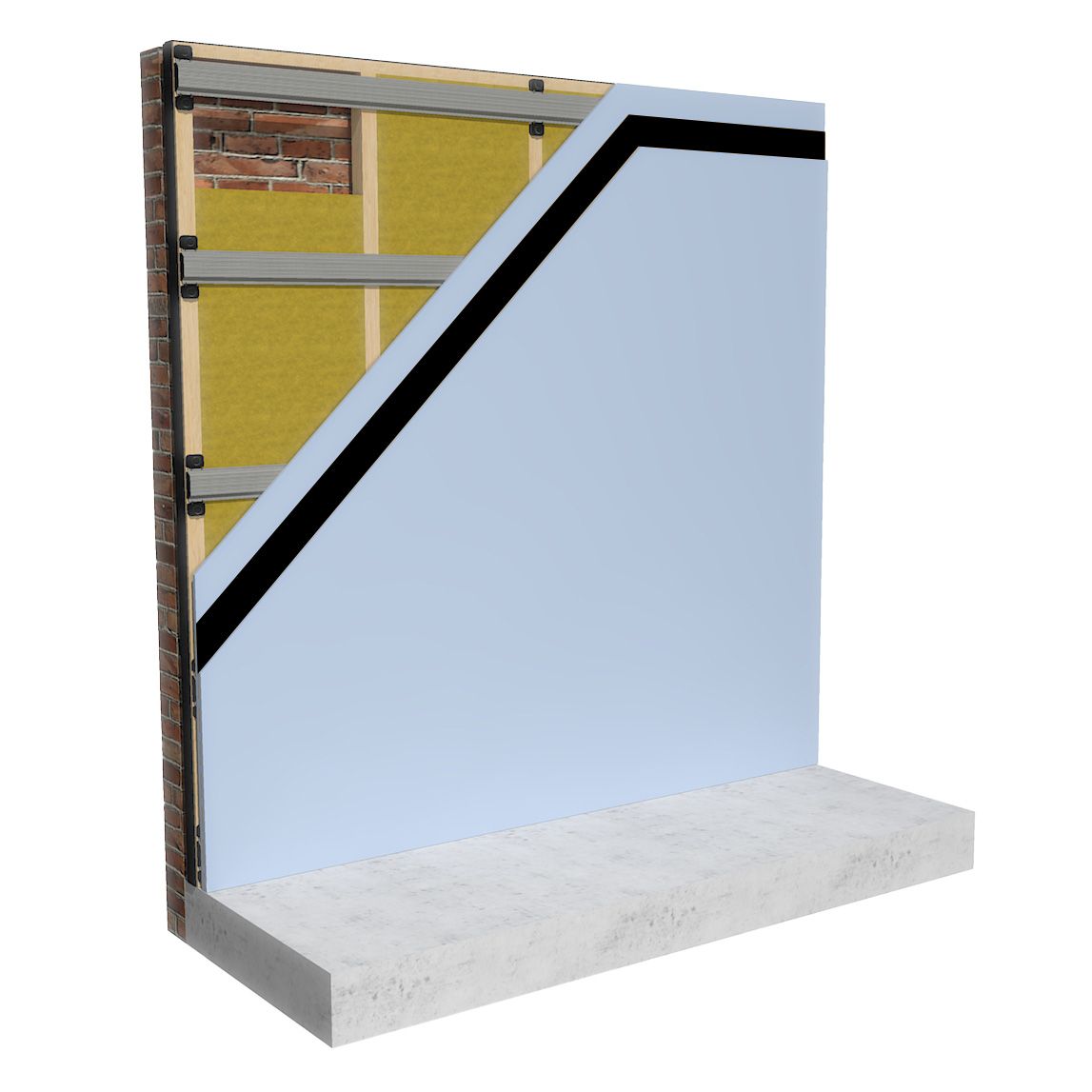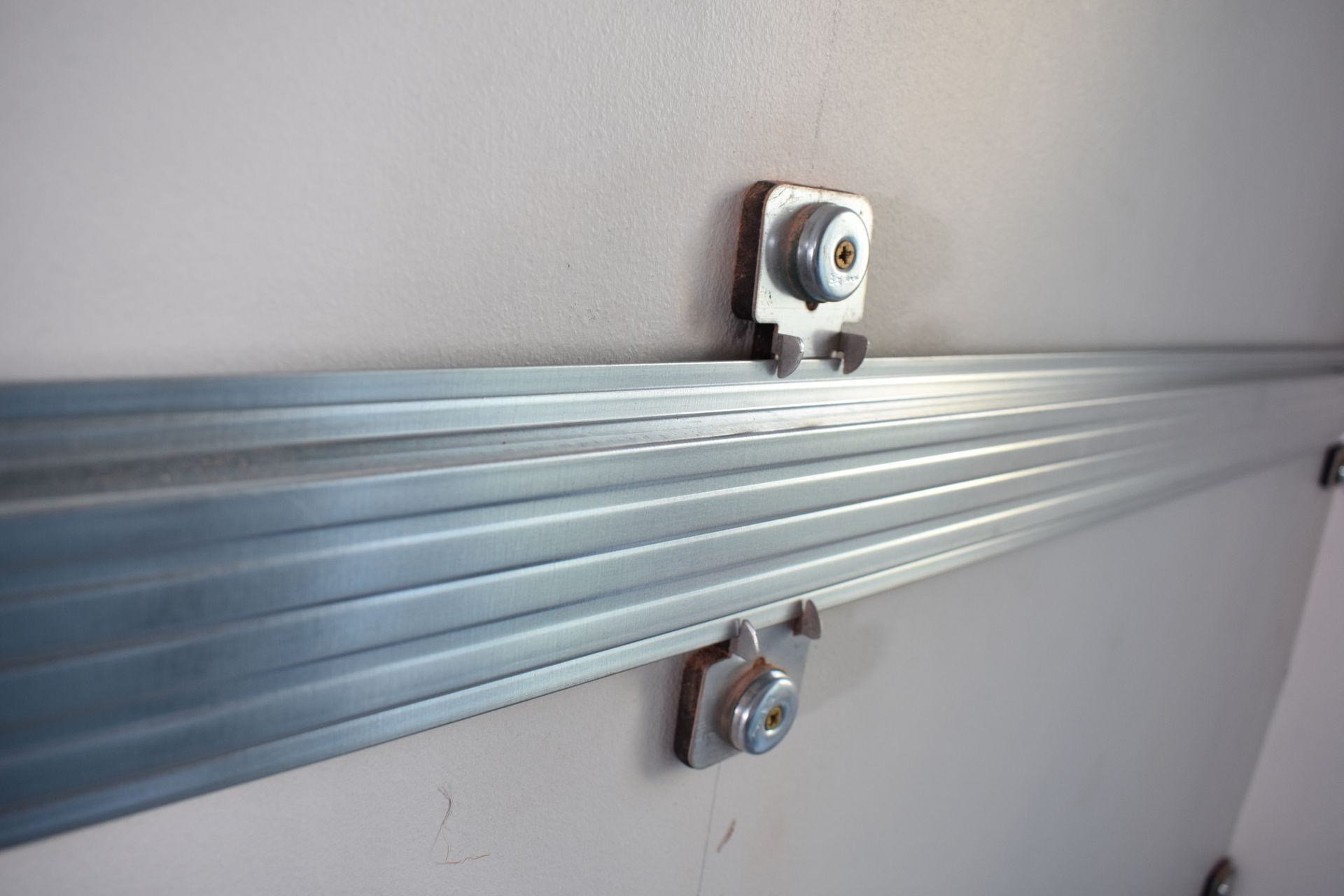A Complete Guide to Sound Absorption and Acoustic Panels
Outline
1.
Introduction
- Definition of Sound Absorption
- Importance of Acoustic Panels
2.
Basics of Sound Absorption
- What is Sound Absorption?
- How Sound Absorption Works
- Key Terminology
3.
Types of Acoustic Panels
- Fabric Wrapped Panels
- Felt PET Panels
- Wooden Panels
4.
Applications of Acoustic Panels
- Residential Use
- Village halls
- Commercial Use
- Industrial Use
- Educational Facilities
- Recording Studios
5.
Benefits of Acoustic Panels
- Improved Sound Quality
- Noise Reduction
- Enhanced Clarity
- Aesthetic Appeal
6.
Challenges and Limitations
- Cost Considerations
- Installation Challenges
- Maintenance Requirements
- Effectiveness in Different Environments
- Handling and Storage
- Repairing Damaged Panels
7.
Comparative Analysis
- Acoustic Panels vs. Soundproofing Materials
- Cost Comparison
- Effectiveness Comparison
8.
Case Studies
- Successful Acoustic Panel Installations
- Real-Life Examples
9. FAQs
- Common Questions About Acoustic Panels
- Solutions to Frequent Problems
10.
Conclusion
Sound Absorption and Acoustic Panels: A Comprehensive Guide
Introduction
In the modern world, managing sound within spaces has become essential for various reasons, ranging from improving audio quality in recording studios to ensuring a peaceful environment in residential and commercial spaces. Sound absorption, particularly through the use of acoustic panels, plays a crucial role in achieving these objectives. This comprehensive guide delves into the importance, types, applications and benefits, of acoustic panels, offering a detailed understanding of how they work and how to utilise them effectively.
Basics of Sound Absorption
What is Sound Absorption?
Sound absorption refers to the process by which sound energy is absorbed by materials or objects, rather than being reflected or transmitted.
This absorption reduces the amplitude of sound waves, effectively lowering noise levels and improving sound quality in a given space.
How Sound Absorption Works
Sound absorption works through materials that can capture and dissipate sound energy.
These materials convert sound energy into a small amount of heat through friction and other mechanisms within their structure, thereby reducing the overall sound energy in the environment.
Key Terminology
NRC (Noise Reduction Coefficient)
A measure of a material's ability to absorb sound. Higher NRC values indicate better sound absorption.
Sound absorption class
The sound absorption classes range from "A" to "E" the higher being the best performance.
ProSound Acoustic Panels deliver an outstanding sound absorption performance and are Class A performance.
Class A: Highly absorbent, with an absorption coefficient of 0.90 or above across a wide frequency range. Ideal for any space that requires noise control, such as recording studios, classrooms, village halls, offices and large rooms.
Class B: Moderately absorbent, with an absorption coefficient between 0.80 and 0.90.
Class C: Reasonably absorbent, with a coefficient between 0.60 and 0.80.
Class D: Slightly absorbent, with a coefficient between 0.30 and 0.60.
Class E: Minimally absorbent, with a coefficient below 0.30. Mainly used for aesthetic purposes rather than noise control.
Reverberation Time
The time it takes for sound to fade away in a closed space after the source has stopped emitting.
Fabric Wrapped Acoustic Panels
Class A panels are made to order in custom sizes and colours
Felt Acoustic Panels
Felt panels are made from 100% PET fiber of which +/- 50% is derived from recycled plastic water bottles
Wood Faced Acoustic Panels
Stylish Class B wood and Felt acoustic panels
Types of Acoustic Panels
Fabric-Wrapped Acoustic Panels
Fabric-wrapped panels combine aesthetic appeal with functionality. They come in various colours and designs, making them ideal for spaces where both sound control and visual appeal are important.
Felt Acoustic Panels
Felt acoustic panels are made from 100% PET fibre of which +/- 50% are derived from recycled plastic water bottles.
Wood Slatted Acoustic Panels
Wood slat panels come in different wood finishes and are backed with acoustic felt. They offer a warm finish to rooms while providing class B sound absorption.
Applications of Acoustic Panels
Residential Use
In homes, acoustic panels are used to reduce noise in large open plan living spaces.
Village Halls
Large rooms with hard surfaces can create large amounts of echo and acoustic panels can dramatically reduce the noise levels.
Commercial Use
In offices and commercial buildings, acoustic panels help to create a more productive and comfortable environment by reducing noise levels and minimising distractions.
Industrial Use
Companies use acoustic panels to control noise levels from machinery and equipment, ensuring a safer and more pleasant working environment.
Educational Facilities
Schools and universities utilise acoustic panels in classrooms, lecture halls, and auditoriums to enhance speech clarity and reduce noise.
Recording Studios
Acoustic panels are essential in recording studios to reduce echo, and ensure high-quality audio recordings.
Benefits of Acoustic Panels
Improved Sound Quality
By absorbing unwanted noise and reducing echo, acoustic panels significantly enhance the overall sound quality in a space.
Noise Reduction
Acoustic panels help to lower noise levels, creating quieter and more comfortable environments in both residential and commercial settings.
Enhanced Privacy
In offices and meeting rooms, acoustic panels can prevent sound from travelling between rooms, ensuring conversations remain private.
Enhanced Clarity
Improved clarity of sound and reduced reverberation within a room.
Aesthetic Appeal
Modern acoustic panels come in various designs and finishes, allowing them to blend seamlessly with interior design trends while providing functional benefits.
Challenges and Limitations
Cost Considerations
Cheap foam panels are often without a classification and don't add any aesthetic quality to a room. High performing,
Class A acoustic panels can make a huge improvement to room acoustics and can greatly improve the aesthetics of a space.
Installation
Installing acoustic panels can be undertaken by a good DIY'er or tradesperson.
Please see the relevant
data sheets for the best practice for the type of panel you are fitting.
Handling and Storage
Handle panels with care to avoid damage, using white gloves to avoid marking the panels. Store in a clean, dry place when not in use.
Acoustic Panels vs. Soundproofing Materials
Acoustic panels are designed to absorb sound, while soundproofing materials block sound transmission. Both have their own applications and benefits.
Effectiveness Comparison
The effectiveness of each solution depends on the specific requirements of the space and the type of noise issue being addressed.
By Sam Fessey
•
December 9, 2024
Reduce echo and dramatically improve the sound quality in office spaces. A detailed case study showing the office acoustics before and after. Easy peel and stick installation of ProSound Easy-Fix Acoustic Foam ceiling Panels.
By Sam Fessey
•
September 4, 2024
An overview of the best soundproofing panels for soundproofing unwanted noise through a party wall and the best acoustic wall panels for reducing reverberation and echo within a space.
By Sam Fessey
•
April 25, 2024
A case study showing the installation of acoustic treatment in a church hall and a before and after acoustic test.
By Ian Baker
•
January 23, 2024
The truth about soundproof foam. Can you use acoustic egg box soundproofing foam to soundproof a wall against noisy neighbours?
By Sam Fessey
•
January 22, 2024
The function of acoustic timber slatted panels lies in absorbing and dampening sound within a room, not blocking its transfer in and out. Learn more about sound absorption and soundproofing solutions.
By Sam Fessey
•
November 16, 2023
Easily improve the room acoustics within SEN educational settings using ProSound Acoustic Panels. Sound Absorption can greatly increase the acoustic quality within learning spaces and help to enhance communication, concentration and promote effective learning.
Show More
Sound absorption FAQ's
Sound Absorption products are specially designed to reduce echo, reverberation and noise levels within a room. Their purpose is to make any space quieter and restore clarity.
How Many Acoustic Panels Will I Need?
As a general rule of thumb look to cover around 20% - 30% of of the wall / ceiling area to achieve a high level of sound absorption.
However, not all spaces are the same so simply contact us with the dimensions and images of your room and we will work out the correct amount of sound absorption needed
On walls and / or ceilings within ANY space. Popular applications include corporate environments, educational settings, restaurants, community spaces, healthcare settings and music studios.
Conclusion
Sound Absorption is designed to reduce the echo and reverberation of a room to make the space quieter and give the sound within the room much more clarity.
Echo is sound energy repeating around a room. Sound energy will bounce off smooth hard surfaces much in the same way a rubber ball bounces off the ground. Although the direction of the sound changes, the echo sounds the same as the original sound. This creates an amplifying effect and makes everything seem very loud, often making conversation in these kind of spaces hard to understand. You might have encountered this whilst sat in a restaurant where you can barely hear what the person opposite you is saying.
Sound absorption can be used in any situation where reverberation is a problem. Examples of this include noisy offices, village halls, museums, sports halls, classrooms, meeting rooms and music studios.
Sound absorption will reduce the reverberation in any type of space to create a quieter, clearer atmosphere.
Author
Sam Fessey heads up the Sound Absorption department within The Soundproofing Store. With a huge amount of experience in acoustics, his extensive knowledge is invaluable in working with all types of settings in helping to transform noisy environments into peaceful, productive spaces for people to enjoy.





